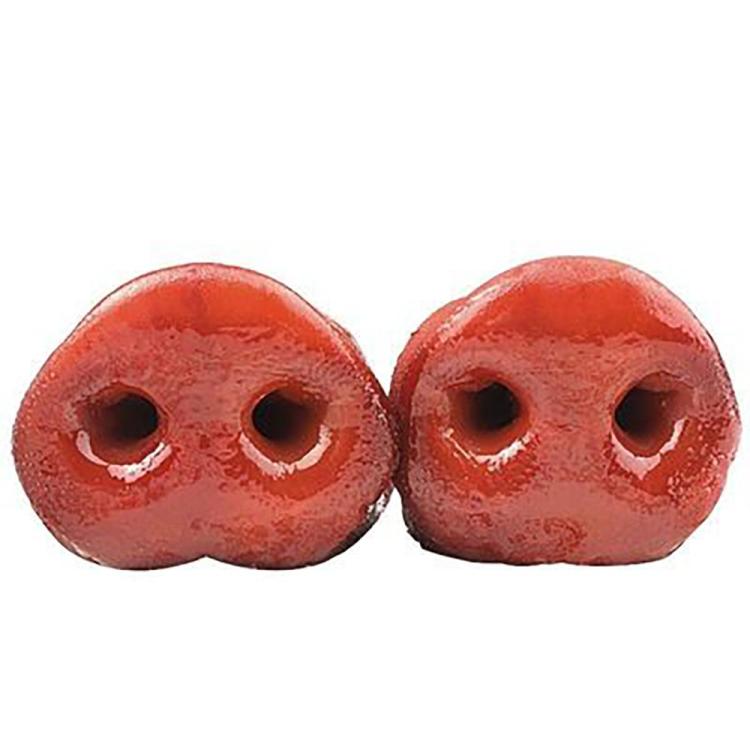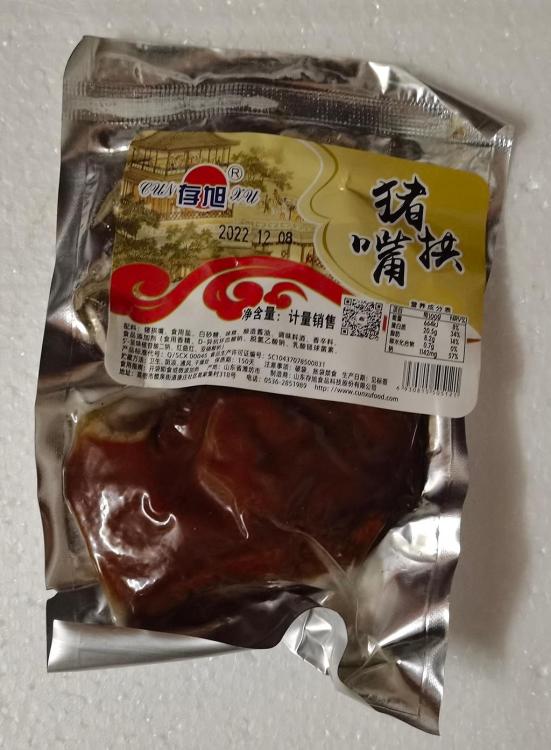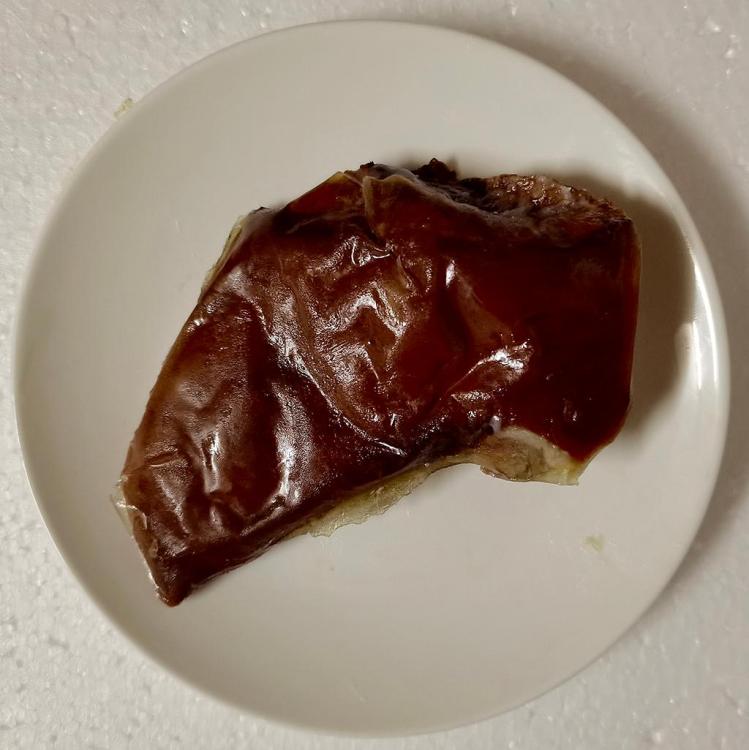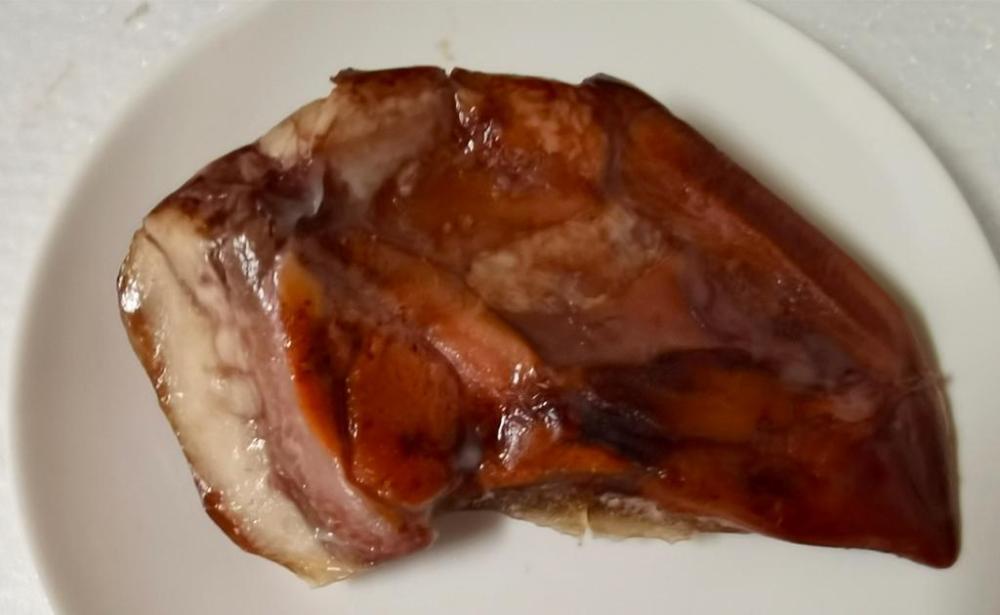Nose-to-tail.
We’ve all heard the term but few of us have lived it. I haven’t.
Many of us don’t want to live it. We perhaps don’t want to be reminded that the food on our plates was once part of something else; something living. Sometimes it’s the visuals that put us off; sometimes smells; textures. But more often than not it is something less tangible. Perhaps even something irrational. The fear of the unknown; the unfamiliar.
Some of us may want to live it, but unless we are doing our own butchering, some parts are simply not easily available. Our sanitised supermarkets tend to the safe and when there is low demand, even independent butchers are unwilling to carry many items. Many of us wish to avoid waste; some of us are on tighter budgets than we would wish and often the overlooked parts are the cheapest – until some celebrity chef starts extolling their delights and the prices rocket.
Even those of us who do want it, may still have limits; lines they won’t cross.
The first time I visited a market in China I couldn’t work out what I was seeing. There was a long trestle table on which was a pig. A dead pig. But it wasn’t whole. It was a jigsaw puzzle of pig in all its parts. Parts, I couldn’t recognise; parts I wasn’t even sure necessarily belonged to the pig. And there was no way, I could have fitted many of those parts back into even close to the correct places.
Yet, for millennia, people have been eating nose-to-tail, not out of fashion or choice, but out of simple necessity; as survival. And people have learned not only to eat almost everything but even how to make some of those less-well known parts into gourmet dishes. I love to watch people in my supermarkets in China eagerly fighting over the bits that in western supermarkets don’t even make it to the sales counters.
Families raised one pig per year (many still do) and that pig is slaughtered to see them through the winter. Meat is dried, frozen, salted, pickled, cured. The blood is collected and utilised. Intestines are cleaned for stuffing as sausages. Stocks are made. Jellies. Many more.
I will concentrate mostly on pig products for the simple reason that that is the non-poultry animal most used in nose-to-tail eating world-wide and certainly the one I see most. But I will mention others. It will mostly be domesticated animals, but some common game. I’ll leave the bush meat and roadkill to others. Strictly nothing endangered.
A warning: There will be images of parts, some raw, some cooked. Maybe both. The squeamish may wish to pass, but I do think it’s important to know what you are or are not eating. There will be a lot of what many of you euphemistically call ‘organ’ meat, a misnomer if there was ever one. Muscles are organs, too. I’ll be using the term ‘offal’, derived as it is from ‘off fall’, denoting the bits that are so often allowed to fall off the prep table when preparing meat for sale. But I’ll also be including some less usual parts not normally described as offal. Some internal; some external. We’ll see.
Should you have any relevant recipes or tips, please pitch in; I know some members are more used to butchering, for example, than I’ll ever be. And there are regional uses in nose-to-tail, too, many of which I’m not aware of.
Given the title of the topic, I think it’s only sensible to start at the beginning and sniff around the animal till we get to the tail end. That said, I make no pretence to be laying out parts in any correct order; instead availability may influence what comes next at any point. After all, the people who depend on nose-to-tail eating don’t eat the animal in any set order.
Cured Pig Snout
So to the snout. An incredibly powerful organ. Said to be up to 2,000 times more sensitive than our pathetic proboscises, technically, the snout includes both the nose and mouth of the animal, but in common language often refers just to the nose which the animals use both to dig and to scent their intended meals, often both at the same time. Hence their legendary employment as truffle hunters, a fading practice – dogs are easier to control. And are less likely to swallow those prized tubers.
Most of the snout is the pre-nasal bone which can weigh over a pound and is tipped by the well-known round shape of the nostril area itself. This is composed of cartilage, which requires cooking down to make the nose crunchy but edible.
Pig’s noses, in Chinese 猪鼻子 (zhū bí zi), are eaten across Asia and I’m told are popular in the southern states of the USA among other places. The Caribbean countries eat noses and they are a fried street-food speciality in Dominica.
Pig’s noses need cleaning and any hairs removed by shaving or singeing them, then they still take quite a bit of cooking. They are often boiled / braised (here in soy sauce) for at least an hour to reduce their gelatinous quality to something manageable. That said, there are pockets of delicious meat hidden inside and the skin fries to crispy perfection. They may then be sliced thinly and fried. Alternatively, they can be roasted or baked by brushing with oil and cooking at 180℃ / 350℉ until they puff up.
Noses are most often eaten as a snack food rather than as part of a main dish. In fact, here, they are often sold vacuum packed in convenience stores as ready-to-eat bites.
Pig Snout Advertising
Convenience Store Braised Pig's Snout
Below is a side portion of the area between the nose and mouth. It has been spiced and braised in soy sauce. In the second image, the fatty, gelatinous nature of the piggy part is clear.
It is gelatinous and very porky in flavour -almost like a heavily smoked bacon, although it is unsmoked. I like them.
An exception to the snacking habit, however, is 辣炒猪鼻子 (là chǎo zhū bí zi), spicy stir-fried pig nose, a Sichuan dish using the typical flavours of that province including chilli, Sichuan peppercorn and 豆瓣酱(dòu bàn jiàng) broad bean paste. A typical recipe is here.
Pig snout jelly can be prepared, moulded and eaten with crackers.
Serious Eats suggests boiling the snout with the equivalent weight of beans, split peas or lentils for a simple soup, then deep frying the skin as a garnish.
Well prepared, they are satisfyingly chewy with a good, slightly fatty, porky, bacony flavour.








